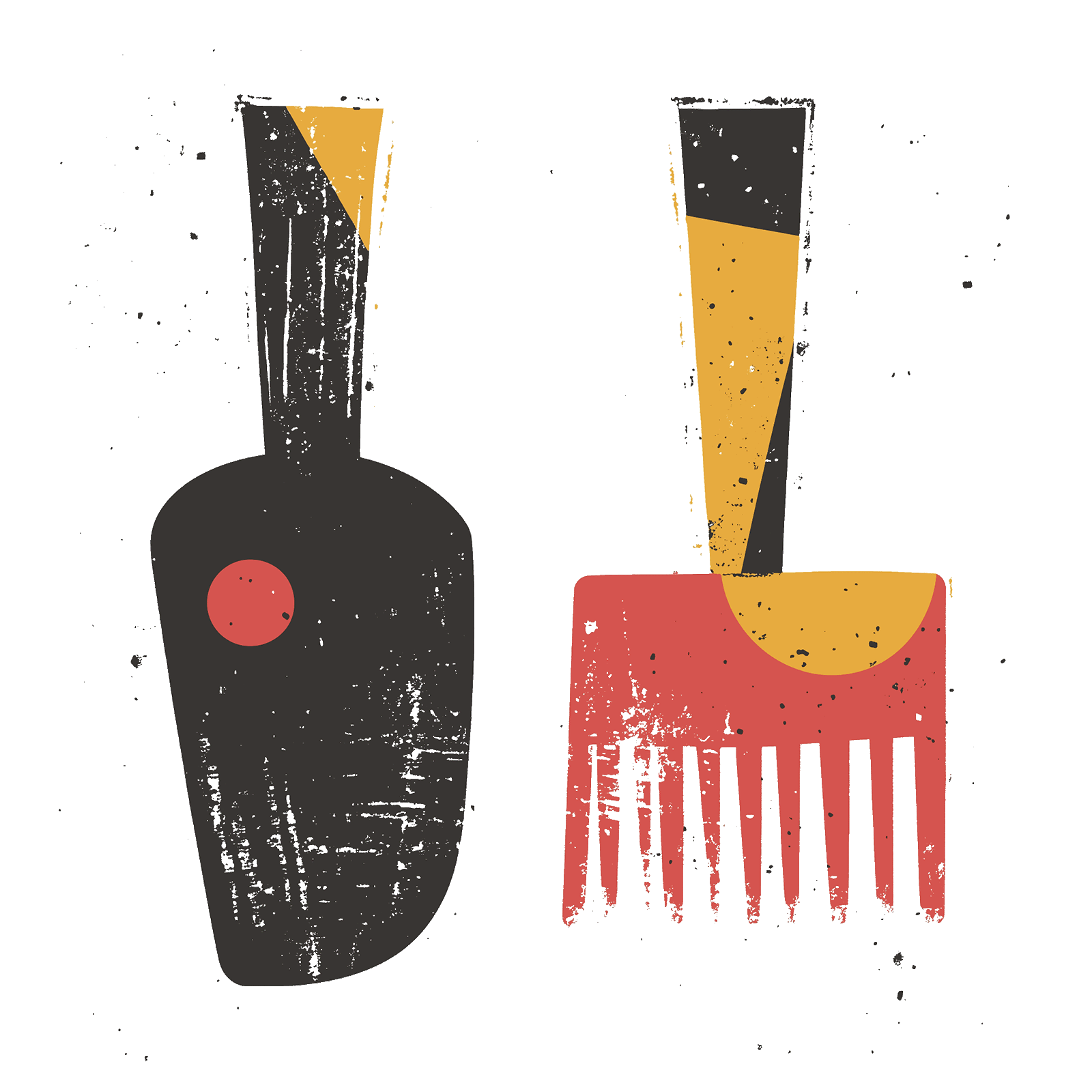Who does what?
Good content can change the world, make it a better place.
In order to maximise its potential, you need the right mix of content skills on your team. The evolution of digital content into a complex, many-headed beast, means that to do it well you almost certainly need a diverse team, with a range of skills. But who does what exactly?
Content is like a garden – caring for it is as important as creating it. So we’ve put together a handy field guide to content roles. Think of them as a team of gardeners who all have different parts to play.

Content strategist
What the role involves: Content has two sets of users: the people who create it and the people who consume it. Content strategists (that’s us!) find out about everyone’s needs and then design systems and processes, foster cultures, and embed skills and attitudes that propagate clear, relevant content that meets those needs.
Content strategists don’t just deal with the words and the pictures, they also nurture the content people, the systems and the processes. They’re responsible for the strategy as well as the substance.
Typically spotted: Content auditing and analysing, planning and strategising, running fun workshops with homemade brownies and lots of post-it notes.
Senior content editor or content manager
What the role involves: Akin to the editor-in-chief of a newspaper, a senior editor is in charge of the content, and may also manage design, production, evaluation and analysis processes. They probably also manage a team: the designers, writers, and other people who create content too.
Typically spotted: Propagating budding content ideas, giving feedback to content creators, commissioning interviews, juggling about twenty million content demands with admirable dexterity.
Content writer
What the role involves: Writers may be journalists, novelists or bloggers. They may specialise in the environment, law, or cupcakes. Voice and tone guidelines are the writer’s bible, and they’ll often write with a wider organisational strategy in mind. They may have research skills too. They will usually expect to work with an editor to help hone their words.
Typically spotted: Crafting concise copy, drafting long-form articles, doing background research, concocting killer tweets.
UX writer
What the role involves: Websites, apps and programs all need words to help their users do stuff. A UX writer specialises in crafting words that are clear and unambiguous. Often this is interface content, or microcopy: words on buttons, labels in forms, success and error messages.
Typically spotted: A/B testing, agonising over whether “Log in” or “Sign in” will work better on a button.
Content designer
What the role involves: Content designers help people to do things, or to find out what they need quickly and easily using (mostly) digital products. Content designers use evidence, data and research to inform their work. And they have the greenest fingers when it comes to plain, accessible language. As ConCon put it, content designers “communicate complex information simply and concisely, with an emphasis on user needs.”
Typically spotted: Testing and iterating.
Copyeditor
What the role involves: Copyediting takes the raw material and gets it ready for publication. We like this definition from the Society for Editors and Proofreaders: “The aim of copy-editing is to ensure that whatever appears in public is accurate, easy to follow, fit for purpose and free of error, omission, inconsistency and repetition.” It’s about looking at structure and finding just the right form of words, more than hunting for typos, although they do that too.
Typically spotted: Checking facts, resolving queries with authors, re-ordering paragraphs.
Proofreader
What the role involves: Proofreading is the final quality check and tidy-up. After your work has been copyedited, it is checked again “and that is the proof – proof that it is ready for publication”. Proofreaders check for consistency and accuracy at a fine level of detail.
Typically spotted: Checking use of the Oxford comma, double-checking style guides, sighing about inconsistent use of bulleted text.
Who did we miss? Let us know and we’ll consider them for inclusion!